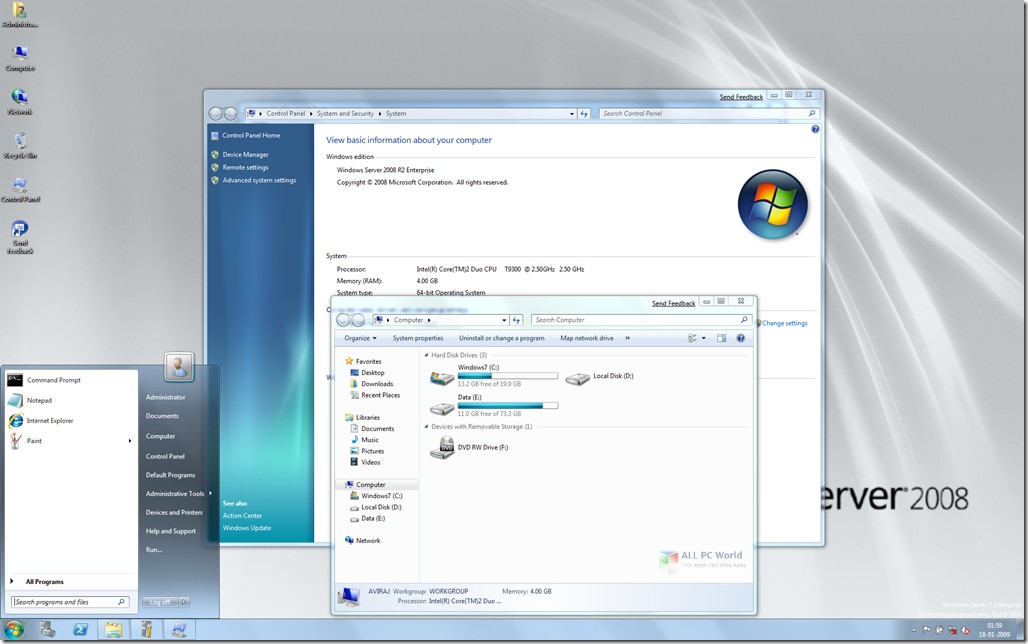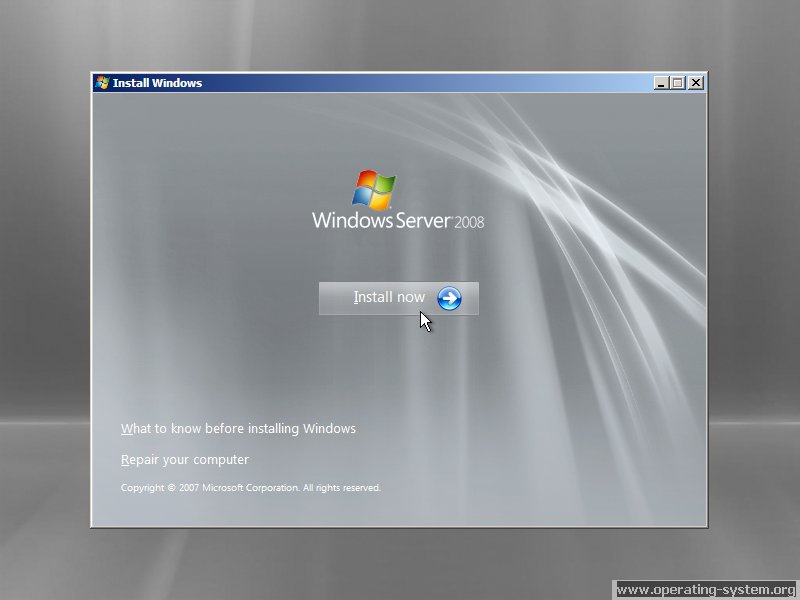

One thing you’ll notice is that the windows\winsxs folder will be large to say the least.
 You can also verify which folders and files utilize the most space using the Sysinternals Disk Usage tool, simply run the command “du /v /u c:>File_Usage.txt”, this command will show a list of files and size and write it to a file. you can recliam disk space in your windows \ winsxs directory ( instructions can be found with the listed blog link). Starting at $54.You have different options but you need to do your investigation as every server issues might not be the same. The features for the free version include finding space hogs - clean up hard disk space, monitor free space on smartphones/mobile devices, and Quick overview over file information. Best Drive Cleaner? CCleaner VS Wise Disk Cleaner VS PrivaZer. You can then further sort them by filtering the scan results according to different criteria or patterns, you create. It can also produce a quick overview of file information including detailed information about files and folders: size, occupied disk space, the number of files, last access, owner, etc. Folder sizes are easily visualized via a colored bar in the background allowing for easy orientation. It will break down hard disk space usage right down to file level and display the size of all subfolders within an Explorer-like overview. TreeSize Free will help you quickly find space hogs and then allow you to clean up hard disk space.
You can also verify which folders and files utilize the most space using the Sysinternals Disk Usage tool, simply run the command “du /v /u c:>File_Usage.txt”, this command will show a list of files and size and write it to a file. you can recliam disk space in your windows \ winsxs directory ( instructions can be found with the listed blog link). Starting at $54.You have different options but you need to do your investigation as every server issues might not be the same. The features for the free version include finding space hogs - clean up hard disk space, monitor free space on smartphones/mobile devices, and Quick overview over file information. Best Drive Cleaner? CCleaner VS Wise Disk Cleaner VS PrivaZer. You can then further sort them by filtering the scan results according to different criteria or patterns, you create. It can also produce a quick overview of file information including detailed information about files and folders: size, occupied disk space, the number of files, last access, owner, etc. Folder sizes are easily visualized via a colored bar in the background allowing for easy orientation. It will break down hard disk space usage right down to file level and display the size of all subfolders within an Explorer-like overview. TreeSize Free will help you quickly find space hogs and then allow you to clean up hard disk space. 
It will also scan network drives and locally synchronized cloud shares (except on Windows servers and within a Windows domain). for files of a certain type, can be applied. All scan results can be drilled down to file level and filters, e.g. Large folders can be identified at a glance thanks to the gradient bar displayed in the background. It displays the size of a particular folder, including its subfolders in an Explorer-like fashion. TreeSize Free quickly scans directory sizes then informs you where your precious disk has been allocated.







 0 kommentar(er)
0 kommentar(er)
